By Title By Author By Country/Region By Keyword

Journal Article
Men can cook: Effectiveness of a men’s engagement intervention to change attitudes and behaviors in rural Ethiopia

Journal Article
The technopolitics of agronomic knowledge and tropical(izing) vegetables in Brazil

Journal Article
Experimental measures of intra-household resource control

Journal Article
A framework for cost-effectiveness analysis of greenhouse gas mitigation measures in dairy industry with an application to dairy farms in China
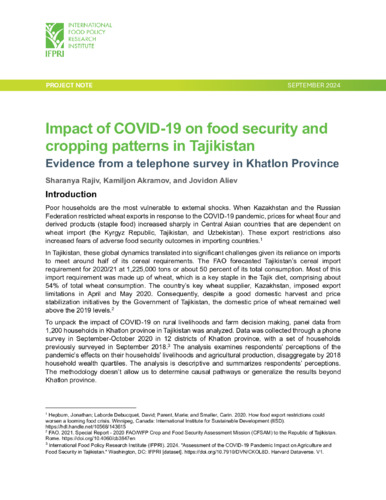
Brief
Impact of COVID-19 on food security and cropping patterns in Tajikistan: Evidence from a telephone survey in Khatlon Province
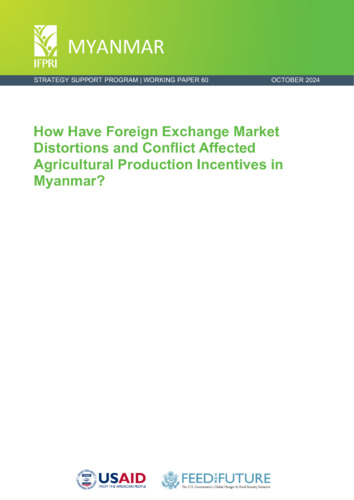
Working Paper
How have foreign exchange market distortions and conflict affected agricultural production incentives in Myanmar?
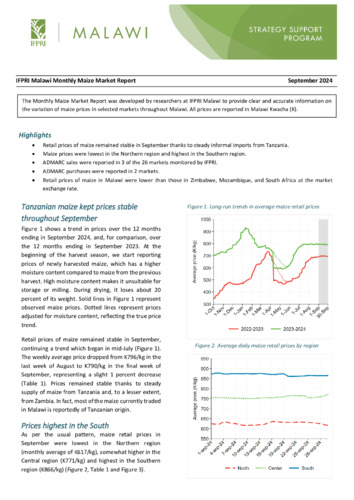
Report
IFPRI Malawi Monthly Maize Market Report, September 2024
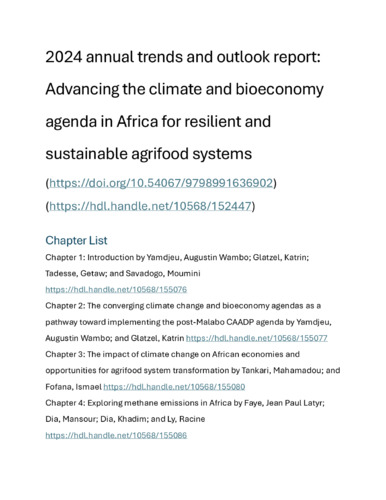
Book
2024 annual trends and outlook report: Advancing the climate and bioeconomy agenda in Africa for resilient and sustainable agrifood systems

Book Chapter
Agricultural mechanization: Drivers and characteristics
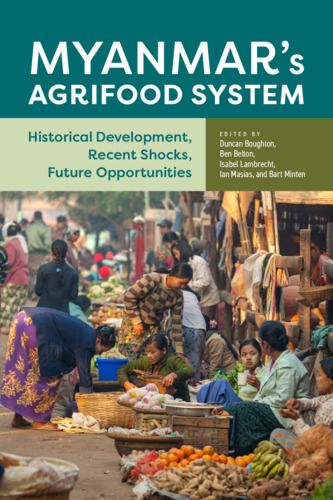
Book
Myanmar’s agrifood system: Historical development, recent shocks, future opportunities

Book Chapter
The agrifood system: structure and contribution to development goals

Book Chapter
Introduction [in Myanmar’s agrifood system: Historical development, recent shocks, future opportunities]

Book Chapter
A historical and regional perspective on Myanmar’s agrifood system

Book Chapter
Dietary quality and nutrition: Past progress, current and future challenges

Book Chapter
Vulnerability and welfare during multiple crises

Book Chapter
Agricultural land: Inequality and insecurity

Book Chapter
Livestock, capture fisheries, and aquaculture: status and recent trends

Book Chapter
Crop production: An engine in need of an upgrade

Book Chapter
Farm commercialization: A transformation on hold or in reverse?

Book Chapter
Food processing: A stalled transformation

Book Chapter
Agricultural value chains: Examples of quiet transformation

Book Chapter
The rice sector

Book Chapter
Agrifood trade

Book Chapter
Regional variations in rural livelihoods: Challenges and opportunities

Book Chapter
Conclusion: From recovery to renewal of the agrifood system

Book Chapter
Women and youth in agriculture

Book Chapter
Migration trends and implications

Book Chapter
Income diversification and the rural nonfarm economy
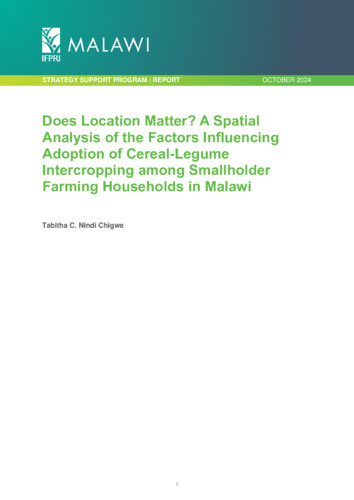
Report
Does location matter? A spatial analysis of the factors influencing adoption of cereal-legume intercropping among smallholder farming households in Malawi
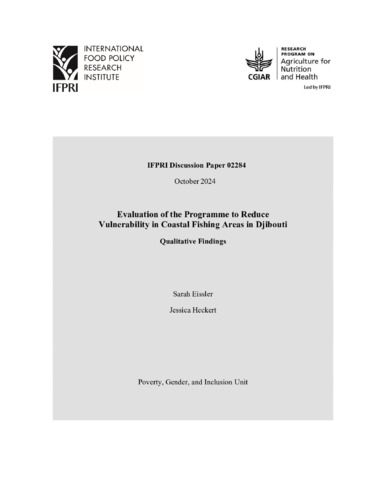
Working Paper
Evaluation of the programme to reduce vulnerability in coastal fishing areas in Djibouti: Qualitative findings
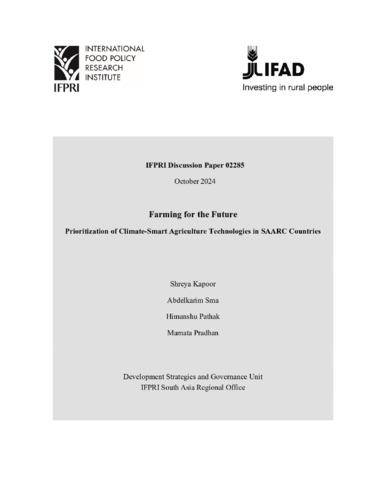
Working Paper
Farming for the future: Prioritization of climate-smart agriculture technologies in SAARC countries
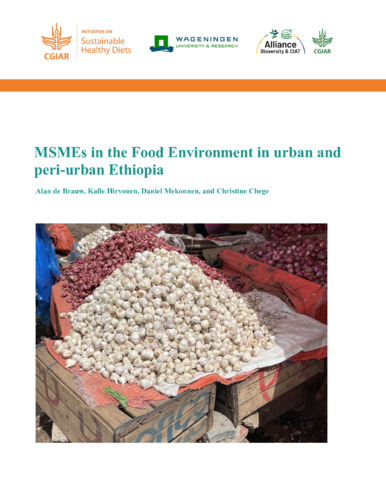
Working Paper
SMEs in the Food Environment in urban and peri-urban Ethiopia

Opinion Piece
Crafting combinations to govern groundwater: Knowledge, motivation, and agency
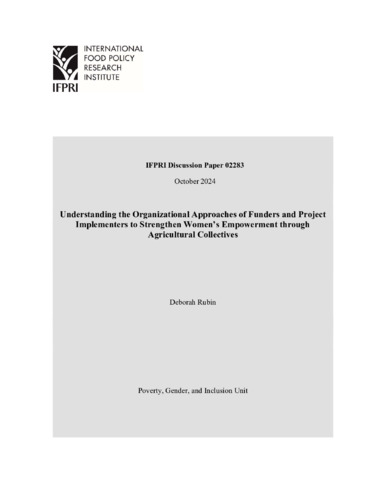
Working Paper
Understanding the organizational approaches of funders and project implementers to strengthen women’s empowerment through agricultural collectives
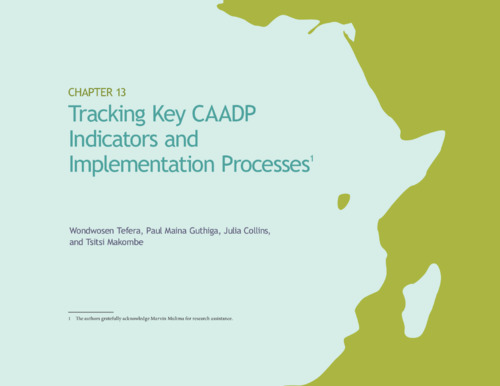
Book Chapter
Tracking key CAADP indicators and implementation processes
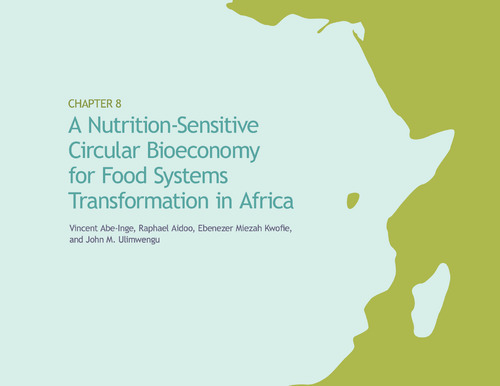
Book Chapter
A nutrition-sensitive circular bioeconomy for food systems transformation in Africa
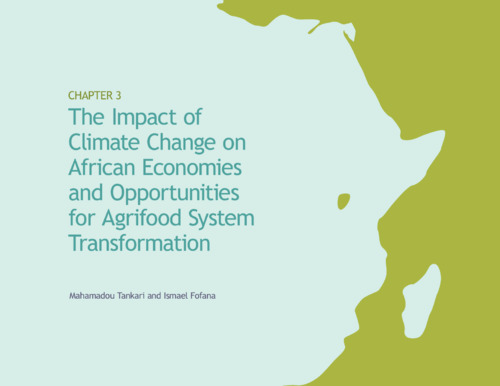
Book Chapter
The impact of climate change on African economies and opportunities for agrifood system transformation
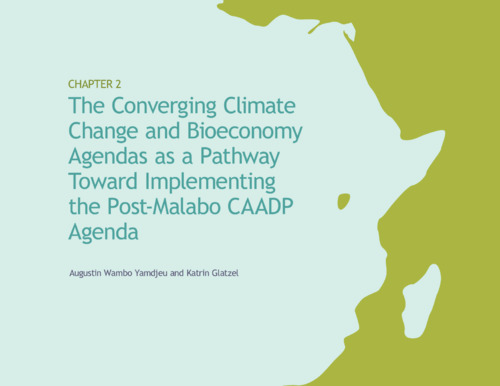
Book Chapter
The converging climate change and bioeconomy agendas as a pathway toward implementing the post-Malabo CAADP agenda
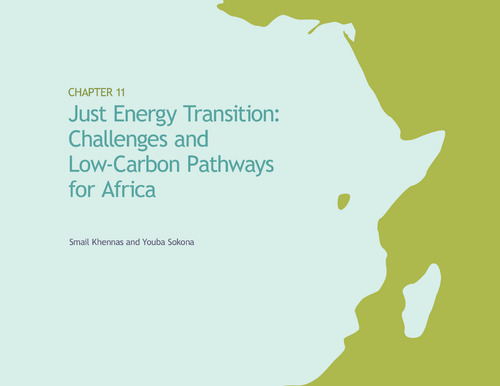
Book Chapter
Just energy transition: Challenges and low carbon pathways for Africa
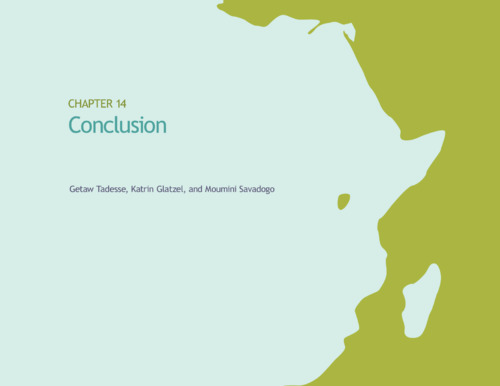
Book Chapter
Conclusion [in 2024 annual trends and outlook report]
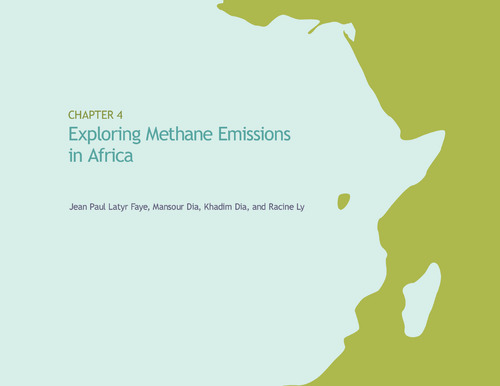
Book Chapter
Exploring methane emissions in Africa
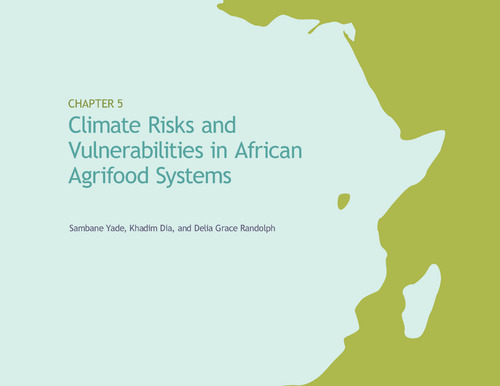
Book Chapter
Climate risks and vulnerabilities in African agrifood systems
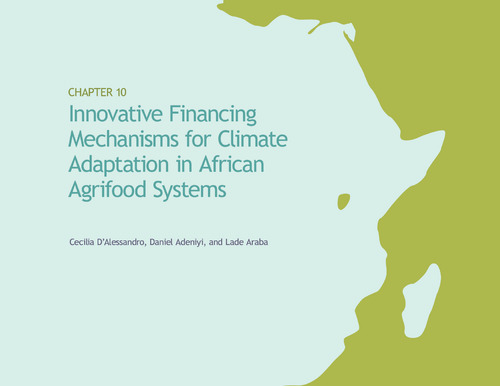
Book Chapter
Innovative financing mechanisms for climate adaptation in African agrifood systems
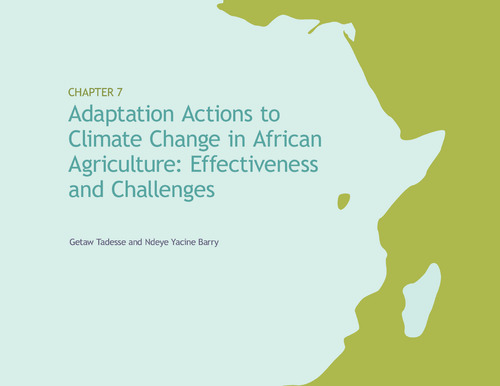
Book Chapter
Adaptation actions to climate change in African agriculture: Effectiveness and challenges
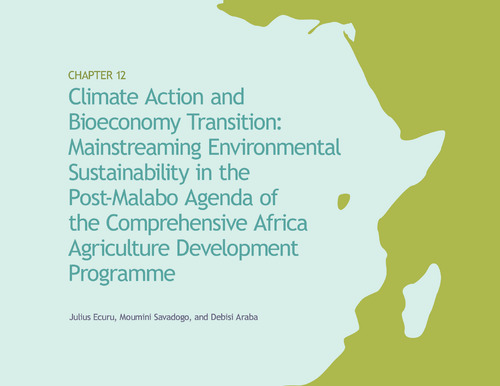
Book Chapter
Climate action and bioeconomy transition: Mainstreaming environmental sustainability in the Post-Malabo Agenda of the Comprehensive Africa Agriculture Development Programme
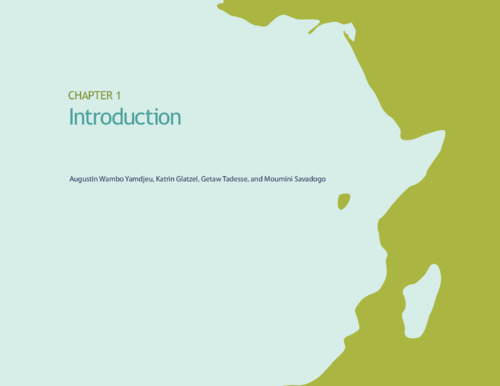
Book Chapter
Introduction [in Advancing the climate and bioeconomy agenda in Africa for resilient and sustainable agrifood systems]
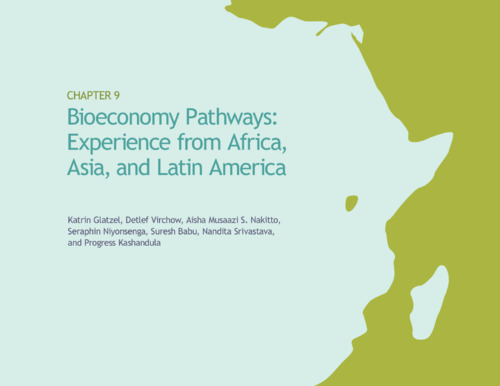
Book Chapter
Bioeconomy pathways: Experience from Africa, Asia, and Latin America
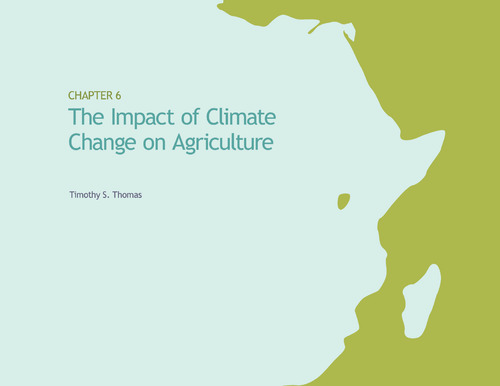
Book Chapter
The Impact of climate change on agriculture
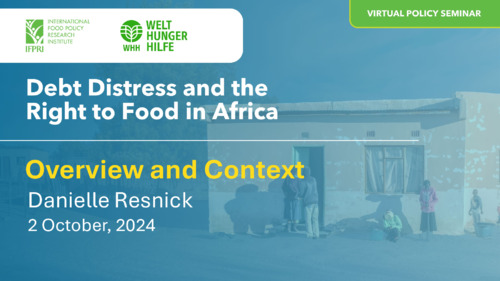
Presentation
Presentations for Debt Distress and the Right to Food in Africa

Journal Article



